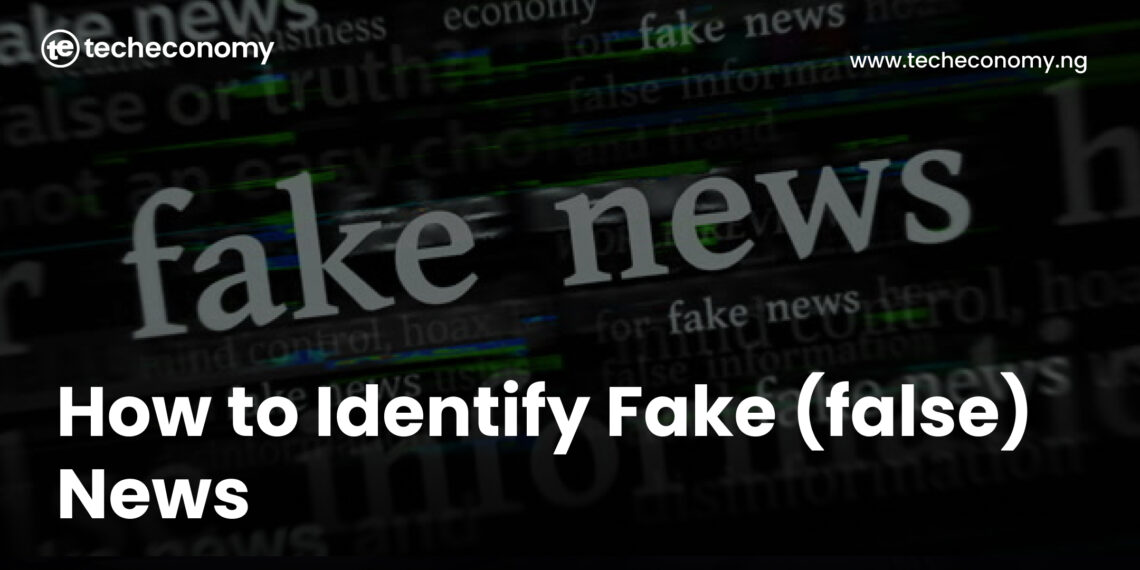As the saying goes, “In the age of information, ignorance is a choice.” How well are you equipping yourself with the tools needed to identify fake news?
To borrow a satirical quip, “Don’t believe everything you read on the internet.” – Abraham Lincoln. This gives a sound warning to everyone digitally inclined in our global system. To date countless individuals still fall victim to fake news, unable to discern it from authentic news. So, let’s walk you through the evaluation of fake news, with critical thinking and scepticism at the fore.
Through this journey, keep in mind Mark Twain’s timeless wisdom: “If you don’t read the newspaper, you’re uninformed. If you read the newspaper, you’re misinformed.” While this looks like an irony, it emphasizes the challenges of discerning truth in the media sector.
Source Evaluation
Check the Domain: Investigate the website’s domain. Legitimate news outlets usually have established domains.
About Us Section: Authentic news sites provide clear information about their mission, editorial team, and contact details.
Cross-Verification
Multiple Sources: Confirm information with multiple reliable sources. Consistency across reputable outlets increases credibility.
Fact-Checking Websites: Utilize fact-checking websites like Snopes, FactCheck.org, or PolitiFact to verify claims.
Headline Scrutiny
Sensationalism: Beware of exaggerated or sensational headlines. Legitimate news sources maintain a neutral tone.
Misleading Headlines: Ensure that the content matches the headline; misleading titles are a common tactic.
Authorship Assessment
Author Credentials: Check the author’s qualifications and expertise. A lack of author information can be a red flag.
Biased Affiliations: Be cautious if the author has strong affiliations that may compromise objectivity.
Publication Date Awareness
Timeliness: Check the publication date. Misinformation often resurfaces, and outdated news can be misleading.
Contextual Relevance: Consider whether the timing aligns with the story’s significance.
Media Literacy
Question Photos and Videos: Verify the authenticity of visuals. Images and videos can be manipulated to convey false narratives.
Understanding Satire: Satirical content, if misunderstood, may contribute to misinformation. Be aware of satirical sources.
Social Media Scrutiny
Check Source Credibility: Verify the legitimacy of the social media account sharing the news. Look for verification badges.
Watch for Echo Chambers: Be cautious of information spreading within closed online communities without external validation.
Critical Thinking
Question Biases: Be aware of your own biases and how they might influence your perception of news.
Evaluate Supporting Evidence: Authentic news is supported by evidence, not just opinions.
Review the URL
Typos and Strange Characters: Pay attention to the URL for typos or unusual characters. Legitimate sites have professional-looking URLs.
Consult Experts
Consult Subject Matter Experts: If the news involves a complex topic, seek opinions from experts in the field to validate information.
There you have it, information is abundant in this period, but not always accurate, equip yourself to be above misinformation.








Comments 1